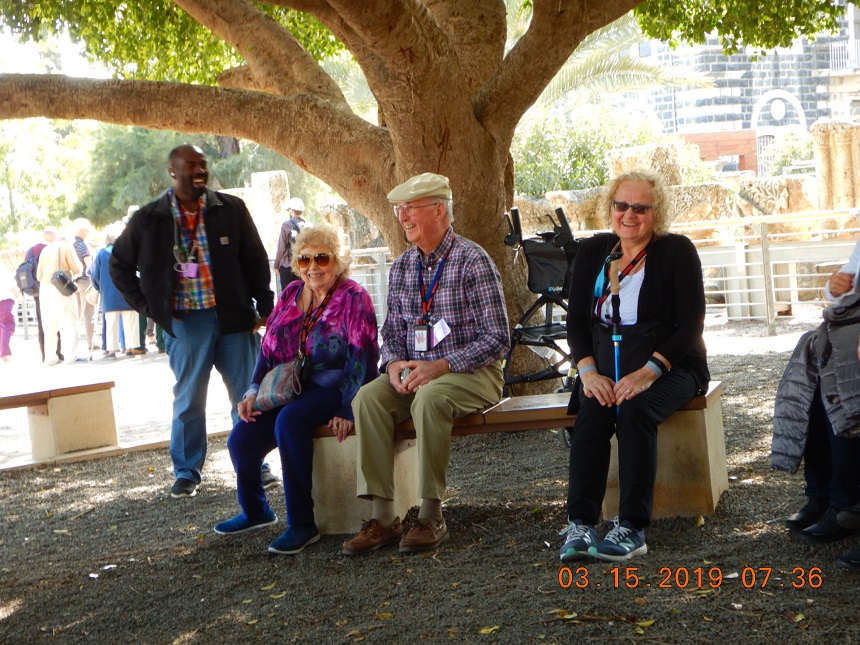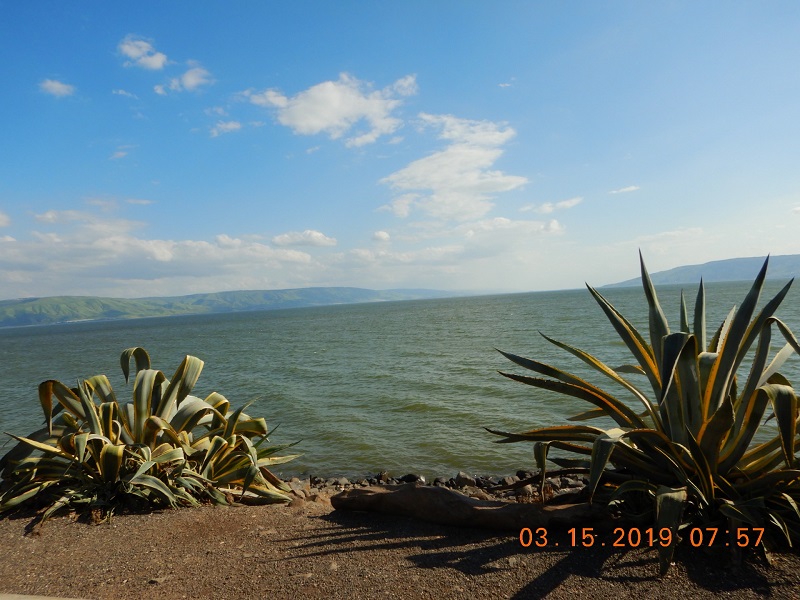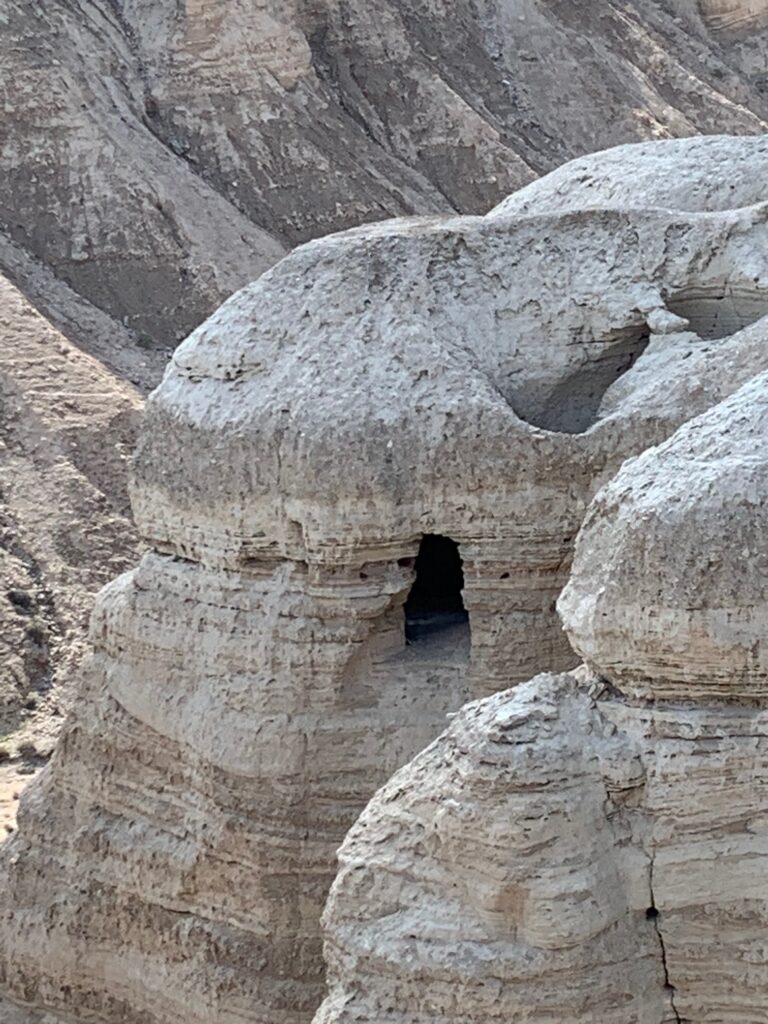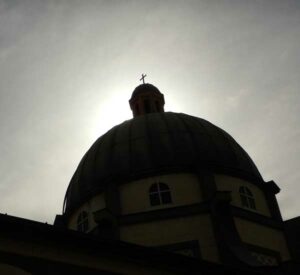
When we were sitting under the olive trees in Capernaum a couple of days ago, Rauf was talking of how Jesus was not the first Messiah claimant, he said there were eleven others, all killed by the Romans, all false prophets. That was something I had never remember hearing much of, so I looked it up. There were several men who claimed to be the Messiah before Jesus, and several after. The ones before largely came to inglorious ends and most likely the ones after experienced similar outcomes, but I did not take the time to research any of them much for the simple reason that none of them survived history as did the true Messiah, Jesus Christ.

In the span of a week I have been on the hallowed ground that Jesus walked, and this was no more so evident than in Capernaum on the northern shore of the Sea of Galilee. I remember sitting on the stone beach under the shade of trees, about a quarter of a block from St. Peter’s house in which Jesus would stay as a guest in the upper room during those years of his ministry. I know that He would have spent His mornings there, looking out over the water at the far shores, because that is what we do, as humans I mean to say, we appreciate beauty and shores, and the gentle sound of the waves. He was there. It was an incredibly peaceful place.


Earlier that day, I was on the nearby shore where the resurrected Christ stood on the rocks and called out to Peter, James and John in the boat and told Peter to cast the net off the right side. There is a church there, now, built over that spot. The day before that, I was on the top of Mount Tabor at the site where the transfiguration of Jesus occurred where Peter, James and John saw the heavenly transformation of Jesus as he begins to shine with the divine light. There is a church built over that spot as well. When I was at the Church of the Annunciation, I saw the house of Joseph and Mary. In Nazareth and in Jerusalem there are churches and shrines at every holy site. In most, if not all cases, these are not the first church or even the second church; most are the third church because the previous churches were destroyed by the Romans and then the Persians, and there were a couple of big earthquakes thrown in as well.
What I find impactful is the presence of that first church, the one long destroyed. That first church was built in the time of Our Lord by people who had known him, or known of him within living memory, who had been present at the miracles performed or known others who had. How else could have this possibly happened? Today, by the Dead Sea I saw cave no. 4 and 11 out of which came the objective confirmation of the validity of the Old Testament.

In a previous post, I wrote about the conversion of St. Paul and the disciples who were martyred. All these men gave their lives to Christianity because of their faith and their belief, similar to the faith and belief of all the saints who came after, including the first saint who was martyred, St. Stephen, most likely under the direction of Saul of Tarsus, at the Northern gate of Jerusalem, which I passed by earlier today. The difference with the disciples, relative to the latter saints, is that the disciples had seen and believed. They lived it. They had no doubt. There was no choice for them other than to give their lives, because they knew where they were going after their earthly death.
The weight of the evidence is insurmountable. This happened. Occam’s razor, the law of parsimony; –The existence of Jesus as the Son of God is the simplest explanation.

What an awesome trip. Saw a picture of you in the Dead Sea. Looking good Rollo!Learning a lot and enjoying the pictures
The Bible does not specifically state what happened to Jesus immediately after He died on the cross. Because of this, there is debate surrounding the answer to the question of where He went and what He did. So, I will present differing views so you might know the scope of the answer and decide for yourself which position is preferable.